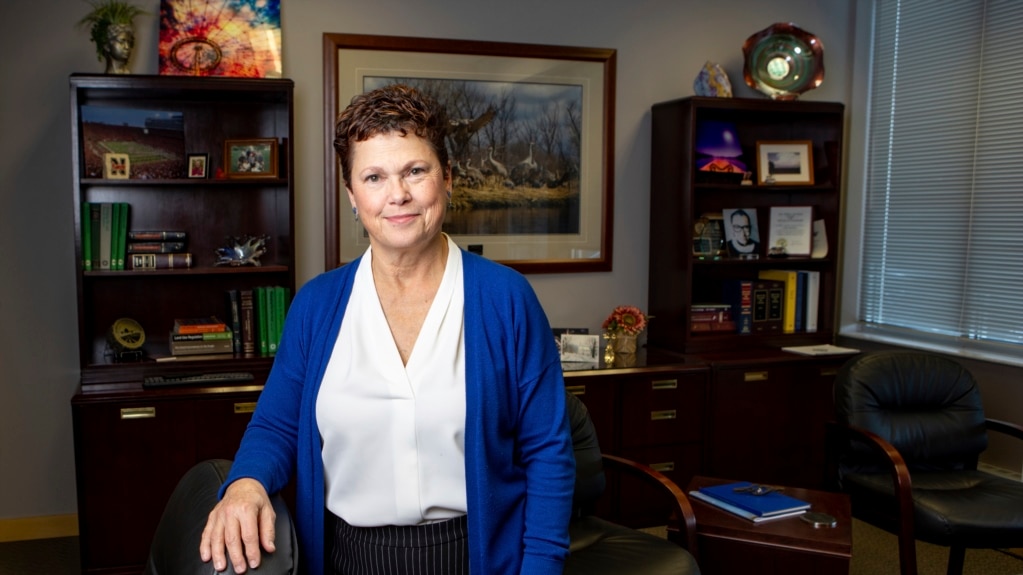In recent years, city leaders in Grand Island, Nebraska, observed that many workers and students were walking or riding long distances to their jobs or schools. So when city administrator, Laura McAloon, learned of a chance to study the development of a bus system to meet those transportation needs, she took it.
The study received support from the Bill & Melinda Gates Foundation along with the International City/County Management Association.
It sent McAloon to Washington, D.C. along with other local leaders to learn about policies to lift people in their community out of poverty.
The Bill & Melinda Gates Foundation announced last week that it will donate $100 million to expand its work on reducing poverty in the U.S. The commitment is part of the $460 million the foundation said in 2022 it would donate over four years to this area of need. The foundation says it is looking to quicken the speed at which its gifts have an impact.
Ryan Rippel is a founding director for economic strategy at the Gates Foundation. He said the large donations represent an important change in its strategy and give grantees more power in directing their own work.
Goal to help 50 million Americans
The investment is a small part of the foundation’s overall budget, which was $7 billion last year. But it has quickly grown. The expansion of their work, Rippel said, depends on whether they meet their goal of improving economic mobility for 50 million people in the U.S. who are just above the poverty level with a yearly income of $29,160.
The foundation will give money to organizations working to expand support for local government using evidence -based policies that improve economic mobility. That includes policies that connect people with skills without college degrees to jobs, helping people receive government benefits and pushing businesses to change working conditions to improve work-life balance.
The grantees include Opportunity@Work, Families and Workers Fund, Prosperity Now, Pacific Community Ventures, Results for America and the Urban Institute.
At a meeting in Washington, D.C., in May, the Urban Institute introduced the tools and research they have developed to help cities and counties understand barriers to economic mobility. There, McAloon from Grand Island realized that her city of 53,000 needed to collect more information.
By the end of the meeting, they had changed their objectives and launched a data collective and analysis project. That included surveying local citizens and working with the human resources departments of major local employers.
What the city learned is that transportation had been a problem for workers. But when the meatpacking plant and other manufacturers raised wages after the pandemic, many households were able to pay for cars. Now the problem, the employers said, was housing.
At the close of Grand Island's research study this fall, McAloon said they found it would not be possible to set up a bus system under federal rules. Instead, they are exploring a transportation pool that is partially paid for by employers and the state.
The study led to new communication and cooperation across agencies, schools and local organizations. And McAloon’s office learned that a lack of plumbers and electricians was holding up new housing developments. So, she reached out to the community college, which is now setting up a technical training program in high schools.
“It was a matter of a couple of emails,” she said. “And they’re already working on … making an impact on that issue that’s keeping us from building more houses.”
I’m Dan Novak.

